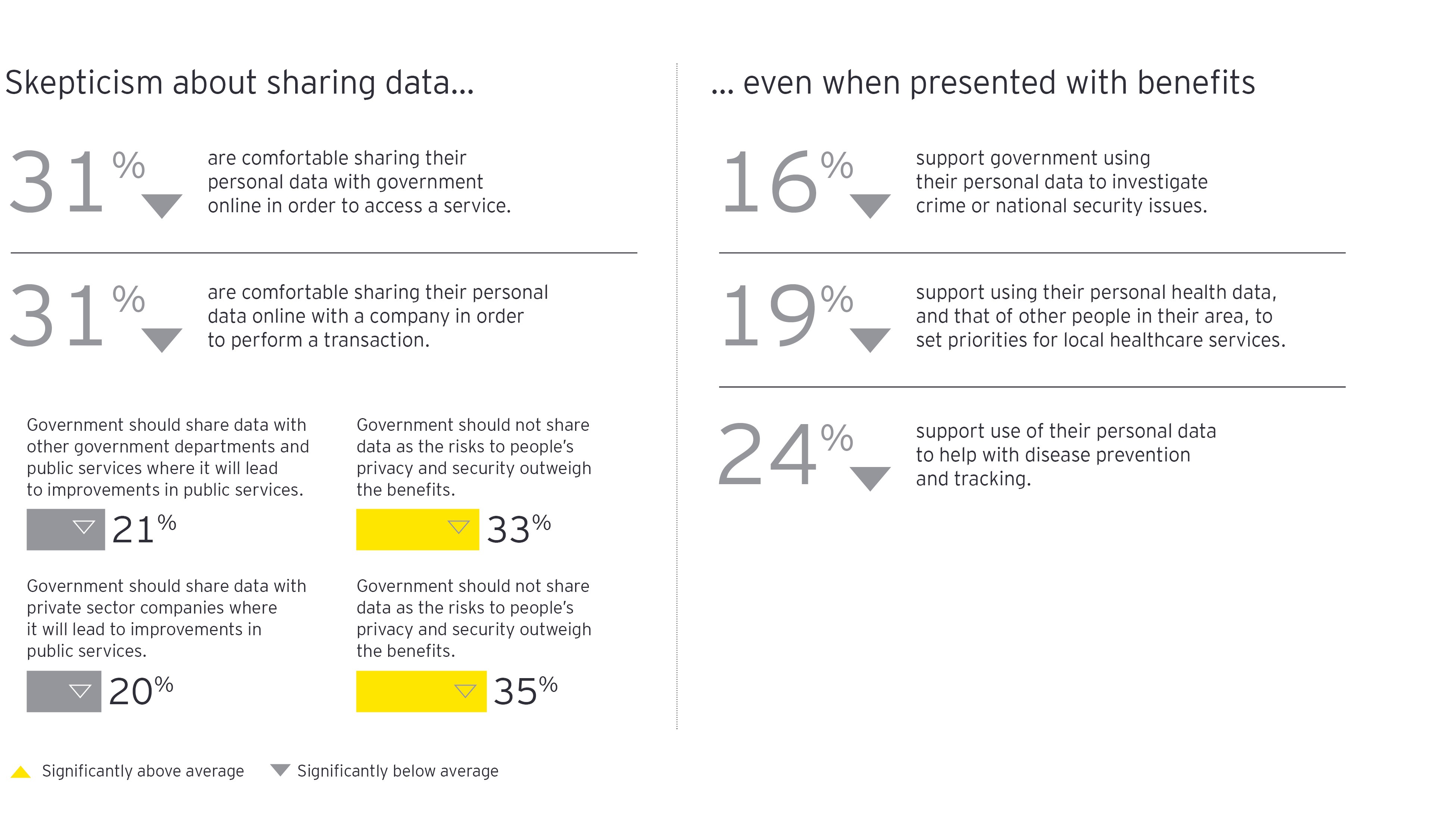Meet Lina – a Passive Outsider
Lina represents our Passive Outsiders segment. Thirty-five years old and single, she lives in a small town east of Berlin, near Germany’s border with Poland. Lina works on a relatively low income as an administrator at a department store chain. She is worried that her job is becoming less secure due to the risk of retail closures and the economic impact of the COVID-19 pandemic.
Lina spends most of her time by herself or with her small circle of friends. She has few connections with her local community, despite having lived there all her life. She doesn’t feel fulfilled in her life and is pessimistic about the future. Having lived through the financial crisis more than a decade ago, she knows how quickly the world can change without warning, often for the worse. But she feels powerless to take charge of her own life and instead accepts the way things are.
Looking to the future, Lina worries about her chances of finding a new, more stable job and achieving better financial security. She is aware that some of the younger employees in her store are able to adapt more quickly to the new technology that is being introduced in the store. But she lacks the confidence to proactively seek out new opportunities and experiences to improve her skills.







